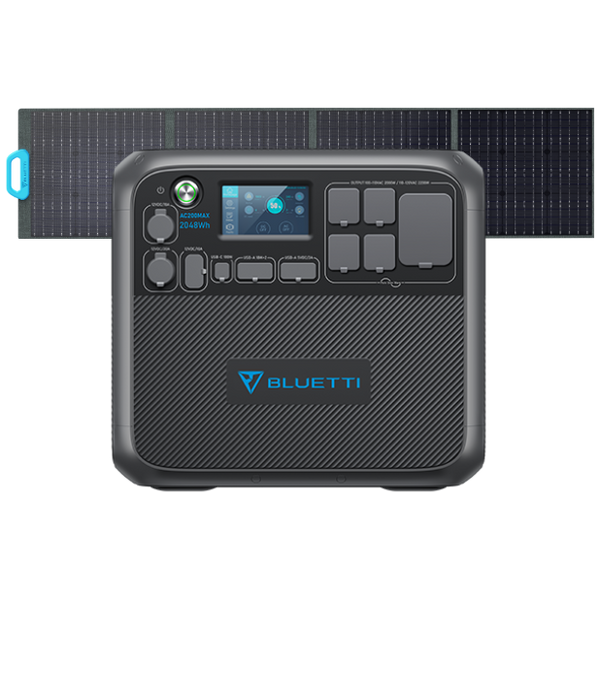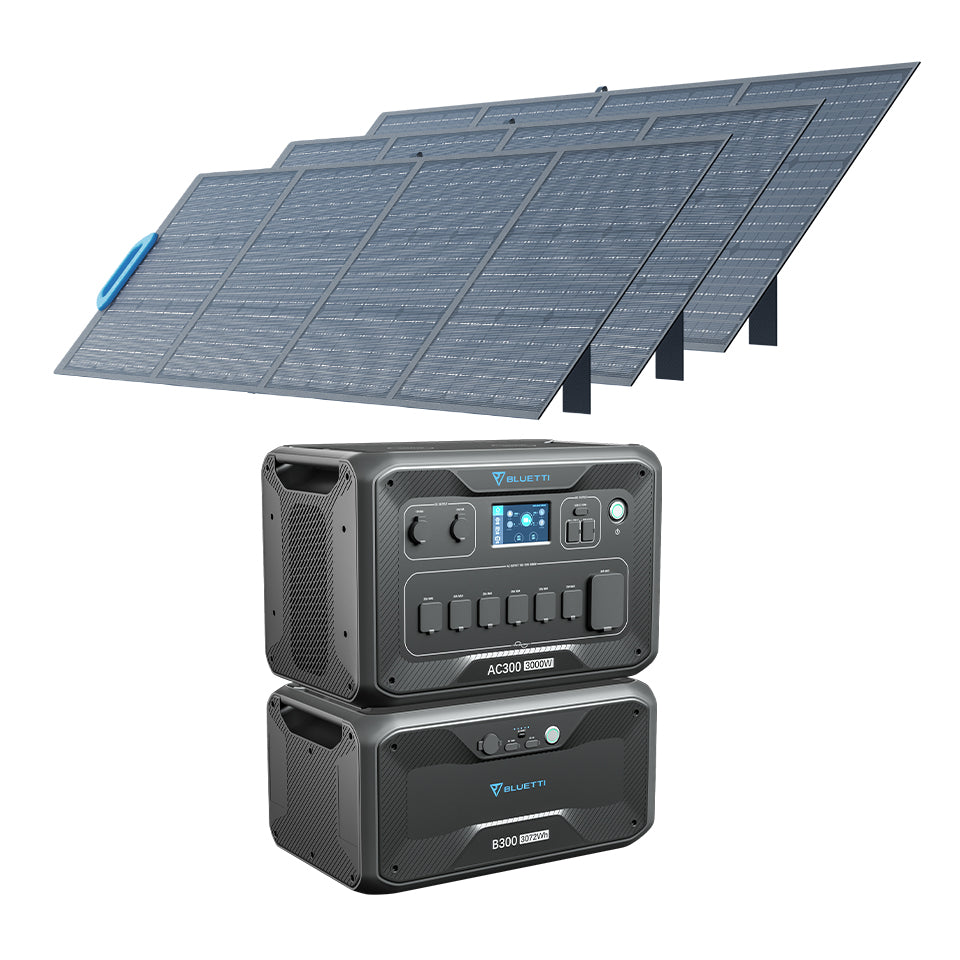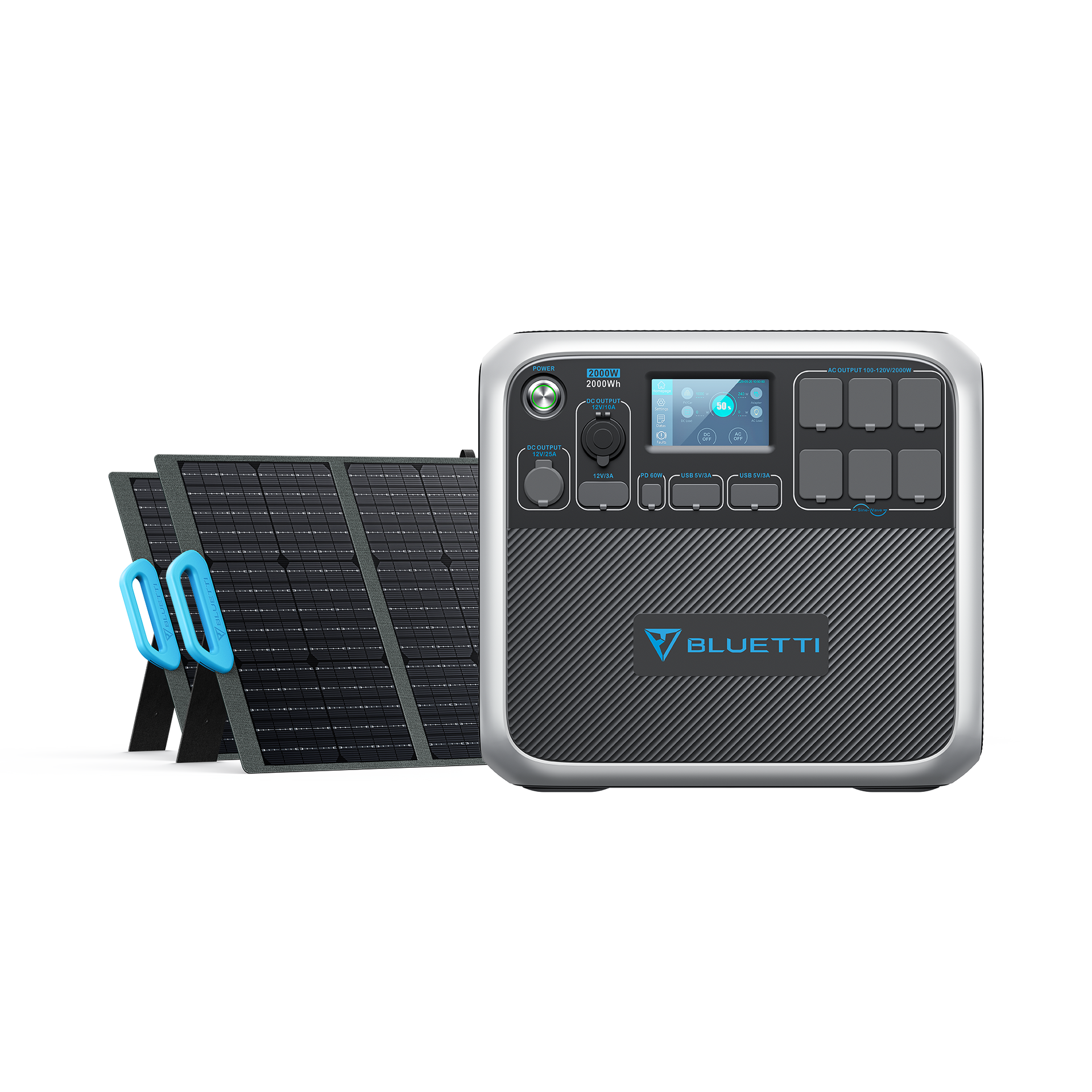Electric kettles are one of the most common yet convenient sets of equipment in homes all over Canada. They will provide you with the ability to warm water fast and with no pain for many more uses from making tea or coffee brewing to preparing noodles or oats instantly. But have you ever thought about how many watts an electric kettle Canada uses? How do they impact thereof on your energy bill and/or how is the environment affected by them?
In this text, we shall answer all such questions. We shall elaborate on what an electric kettle is, what it can do, how much energy it consumes, why it consumes so much energy and how you can reduce the consumption it as well as how solar generators are used to save cost. Thus, in this article, towards the end of it, you should be better aware of the subject of electric kettle power consumption and how to choose the best electric kettle for your house needs.
What Is An Electric Kettle?
An electric kettle, a very common house utility item in Canada, functions roughly like as its traditional version with the only difference of the source heat. It would generate heat using the electrical power it receives rather than from a gas stove. At its base is a coil of heating element and inside it has a conductor plate that is normally an aluminum or steel plate. With the kettle, plugged into the power supply, there will be the flow of electric current in the coil.
The heating element is designed with a high resistance and as it gets to resist the flow of current, it generates heat. This heat generated is used in warming the conductor plate which interfaces liquids of water. Heat is thereafter conducted into the water. Water molecules are arranged in a loose manner, and thus they conduct heat faster than they convect it, meaning that the water in an electric kettle heats up very fast.
What Can An Electric Kettle Do?
An electric kettle, and specifically a used one in Canada, is a stuffed invention of benefits that would make it virtually indispensable in most households. First, the kettle has the luxury of low consumed power. The watt in an electric kettle is significantly lower than in an electric stove or microwave oven, thus saving power. Secondly, it accords accuracy. An electric kettle is safe to use for preparing tea, coffee or hot chocolate drinks to your desired taste hence its use and operation are very essential.
Thirdly, it is the best safety device. Unlike stoves where one is prone to spillages and burns, an electric kettle runs within a closed chamber and hence prevents the same. Lastly, it saves time. The heat energy in an electric kettle transfers across water through the conduction process, that is, faster in relation to convection hence quicker boiling times. Therefore, an electric kettle in Canada serves as not only a convenience but also saves time and energy, and is a safer option.
How Many Watts Does an Electric Kettle Canada Use?

Energy consumption in an electric kettle is one of the important considerations because of the long-run use and energy bills. An electric kettle varies its energy consumption per boil depending on the power rating indicated in watts. The higher the power rating, the faster the kettle can boil water but also the more electricity it uses.
According to the Canadian power rating, an electric kettle has usually rates of between 1200 and 3000 watts per hour on average. When determining energy consumption by an electric kettle, you have to multiply the power rating by the time taken to boil water using it. For instance, the power of an electric kettle is 1200 and it will take 125 seconds in order for the water to heat, then consumption of energy is 0.04-kilowatt hours (kWh). This means that the electric kettle has an efficiency of about 81%, which is higher than a stove or a microwave oven.
Related articles: How Many Watts Does a TV Use?
How Many Watts Do Air Fryers Use?
Why Does an Electric Kettle Consume So Much Energy?
An electric kettle incorporates factors that contribute to the use of energy. Outmoded models will draw more power because they are inefficient. Modern kettles can be drawing power even when they're not on, which accumulates over time adding to your energy bill. This goes to waste unnecessarily as the kettle will not draw current past the boiling point. Trying to boil iced water demands a lot of energy. To reduce this, let the water warm up to room temperature. Though electric kettles consume a lot of energy, understanding these factors can help manage the effect of electric kettles on your electricity bill.
How To Lower Electric Kettle Energy Consumption?
Reducing the amount of energy an electric kettle consumes suggests embracing a number of measures. One, develop a habit of boiling only the necessary amount of water to avoid waste. Secondly, consider purchasing a sizeable kettle that is in line with the amount of usage. Third, prewarming the teapot gives a great idea in case one does not have the device and should not allow water to boil up to its brim but be set to heat to the required temperatures.
Fourth, if pre-warming the teapot, warmed water can be returned back into the kettle for boiling so as not to waste by discarding it. Fifth, avoid reboiling by using the hot water instantly. Next, invest in insulated energy-saving kettles that can store heat for longer to reduce on energy required during reboiling. Another tip is saving excess boiled water for later usage. Lastly, clean your electric kettle in Canada monthly with a vinegar solution to prevent limescale buildup, which can affect efficiency.
Can You Use Solar Generators to Save Cost?
In the same spirit of efficient energy usage and reduction of cost, solar generators have provided a solution to powering home appliances like an electric kettle. For this brief guide, three solar generators that power an electric kettle in Canada are discussed – aimed at possibly reducing costs that accrue from energy consumption.
AC200MAX +Solar Generator Kit
The BLUETTI AC200MAX +Solar Generator Kit is a versatile generator for all your electricity needs. It boasts of a 2,200W AC pure sine wave inverter that can surge up to 4,800W meaning it can power various devices in your home simultaneously. One stand out feature of the generator is its expandability using a LiFePO₄ battery reaching 2,048Wh giving it over 3,500 life cycles to 80%. It provides an expansion of 6,144Wh in case two B230 modules were to be used or an expansion of 8,192Wh if two B300 modules were to be used. This makes the battery to serve very many power requirements.
It is versatile to the different scenarios since the generator presents seven recharging options which include AC, solar, car, generator, lead battery, dual AC and AC+Solar. It has Solar Input of maximum 900W and a Fast Dual Charging Capacity of maximum up to 1300W (Solar + AC Adapter) to ensure proper replenishment of power. Smart control and monitoring feature in BLUETTI App adds convenience to the user to effectively manage their power usage.
AC300 +B300 + 3PV200 Solar Generator Kit
The BLUETTI AC300 +B300 + 3PV200 Solar Generator Kit features a 3,000W AC pure sine wave inverter reaching up to 6,000W surge power that can provide power to multiple devices simultaneously. The generator has a 3,072Wh capacity that is expandable up to 12,288Wh with as many as four B300 modules. This makes it useful for longer or higher power requirements. The LiFePO₄ battery offers excess of 3,500 life cycles to 80% for an extended life.
Key features include 240V split phase bonding and 24/7 UPS home backup for peace of mind in a dependable power supply. Recharge options include AC, solar, car, generator, lead-acid battery, dual AC, AC+Solar giving seven different ways to recharge flexibly and conveniently. Maximum solar input is 2400W and maximum fast dual charging capacity of 5400 W, ensures a convenient lifestyle with an energy backup to handle cuisines, (Solar + AC) efficiently.
AC200P + PV200 Solar Generator Kit
The BLUETTI AC200P + PV200 Solar Generator Kit is an all-in-one power supply that features a 2000W pure sine wave inverter which can surge up to 4,800W, enough to run several appliances concurrently. The generator is made with a 2,000Wh capacity generator having over 3,500 life cycles to 80% battery for longevity. Besides, the 17 outputs available are suitable for various electronics giving the user diverse power options.
This generator has 7 recharging methods which are AC, Solar, Car, Generator, Lead Battery, Dual AC and AC+Solar. Therefore the owner has relatively great flexibility and convenience. It has a maximum solar input of 700W and a maximum fast dual charging ability of 1200W (Solar + AC Adapter Simultaneously) therefore ensuring efficient power replenishment. This generator is eco-friendly, gas-less, non-sound in functionality, and would be cost-beneficial for those who are looking forward to availing a sustainable power solution.
Final Thoughts
Conclusion-wise, though one might feel like the electric kettle's power consumption is growing wild in the beginning, comparing the rate of energy being wasted by other electrical appliances, one can say that it's not that bad. Yes, electricity consumed by an electric kettle is increasing the amount in your payment receipt, but the cash spent on this convenience usually compensates for that cost quite easily. Electric kettles can do this much faster than conventional stoves or microwave ovens, provide better control over the temperature of heating and thus save time and improve quality as well. Although meaningfully reducing energy consumption is important, being aware of the value and the benefits that lie here in the electric kettle Canada can also be imperative to your daily routine.







